
Nanospeed 6600
Yonex UK have recently introduced a new batch of racquets, namely Arcsaber 5DX, Arcsaber 9FL, Nanospeed 6600 and the eagerly awaited Voltric 70.
Having tested Voltric 70 and Arcsaber 5DX, it’s now the turn of the Nanospeed 6600 which is replacement for Nano 6000.
As you would expect, the Nano 6600 arrived in the usual full length bag, which is now standard size on all medium-high end Yonex racquets.
Graphically, the racquet is a combination of grey, copper/orange, black and burgundy which is unusual but works. Sometimes it’s nice to see a difference from the standard black, red and white mix.
This particular model is offered in a 3U (weight 85-89g) in UK, and grip size G4 which is the smaller of the grip sizes usually on offer in UK. The shaft is deemed flexible.
What’s unusual about this racquet is the small rubber piece at the end of the ferrule. Why it’s only on this racquet is a mystery. I’m assuming it acts as a vibration dampener.
The Nanospeed series is known primarily as head-light racquets although the small grip evens things out a little and changes the balance – it almost feels a little head heavy.
One of the things I enjoy about testing racquets is that I can feel what the racquet has to offer. That doesn’t necessarily mean I tell which style it would suit because that’s so individual. But, it allows me to appreciate its abilities and weaker areas, if any, which could be the most vital information I share with you.
In this case the flexible shaft will suit those players who need a little more help from their racquet to generate power, especially those who have a touch game and therefore do not like head heavy racquets.
The big issue with head light racquets for me is that there can sometimes be an illusion that you’re hitting the shuttle harder because your previous racquet was heavier. The muscles are already used to working at a certain rate to hit the shuttle. The lighter head means the muscles, working at this rate, will generate more racquet speed, hence more power. However, on many occasions this is short-lived. Over time, these muscles lose some of the strength and therefore, once the speed of the racquet head has slowed down, you actually don’t get any additional power. Sometimes you’ll notice a loss in power. Be aware of this.
Maximum recommended tension on this racquet is 24lbs which is standard for non DX versions from Yonex. Stringing beyond this tension invalidates your warranty. As usual, my test racquet is factory strung at around 18-20lbs.
On with the review…
It’s hitting time…
I’ve said many times that I’m not a fan of G4 size grip. On this occasion, I didn’t have the chance to build the grip, so had to take a minute to get used to the small grip.
I tested this racquet during a demo session with Colin. Colin already uses Yonex Nano racquets so it was interesting to compare notes.
For me, whilst clears were fine and relatively effortless, I felt I had to work a little harder to get the result I wanted. The racquet is certainly powerful, but I’m not a great fan of head light racquets anymore.
Colin took to this racquet very well and was hitting far stronger than with his usual Nano racquets, so he certainly gave it a thumbs up. He was clearing shuttles out of the rear court and thundering a few smashes very nicely.
For me the racquet was at its best with touch play. Drop shots, slice shots and check smashes were easy and crisp.
Defensively blocks were simple and the racquet moved very quickly to help me retrieve Colin’s smashes. The racquet lacked a little punch when driving the return or lifting to the rear court again, but that’s possibly a slight timing and grip size issue.
Around the net the racquet continued to shine which is what I expect from Nano range.
Summary
For a player like Colin who is a lot bigger than me and more naturally powerful, the racquet worked brilliantly. He showed a high degree of control in all departments and really enjoyed playing with 6600.
On the other hand, I found it lacked the punch and firepower I like to get from a racquet, but it clearly demonstrated a high degree of touch. However, that’s the contrast of two different styles and not so much a detrimental aspect of the racquet. As with all badminton racquets, the characteristics of the racquet lend themselves to certain styles/attributes of the player.
So, whilst this is not a particular favourite of mine, that doesn’t mean it won’t suit your game, as Colin discovered.
With an RRP of £125, this is a hefty price tag, although online discounters will probably be discounting to sub £100 levels.
This has been a difficult racquet to review. Bearing in mind it’s in top 3 of the Nanospeed range in terms of pricing, I do feel some of the cheaper models perform as well, if not better. This means the racquet is fighting for a unique place in the Nanospeed range and I’m not convinced it’s carved a niche that will attract players in numbers, especially at this price.
OK, I have to rate this racquet and stick my head on the block. Summing up, I consider a 3 star rating in my 5 star system.
For me, it’s a lovely touch racquet but doesn’t add any more to your game than say Nano 990 or 850 can do.


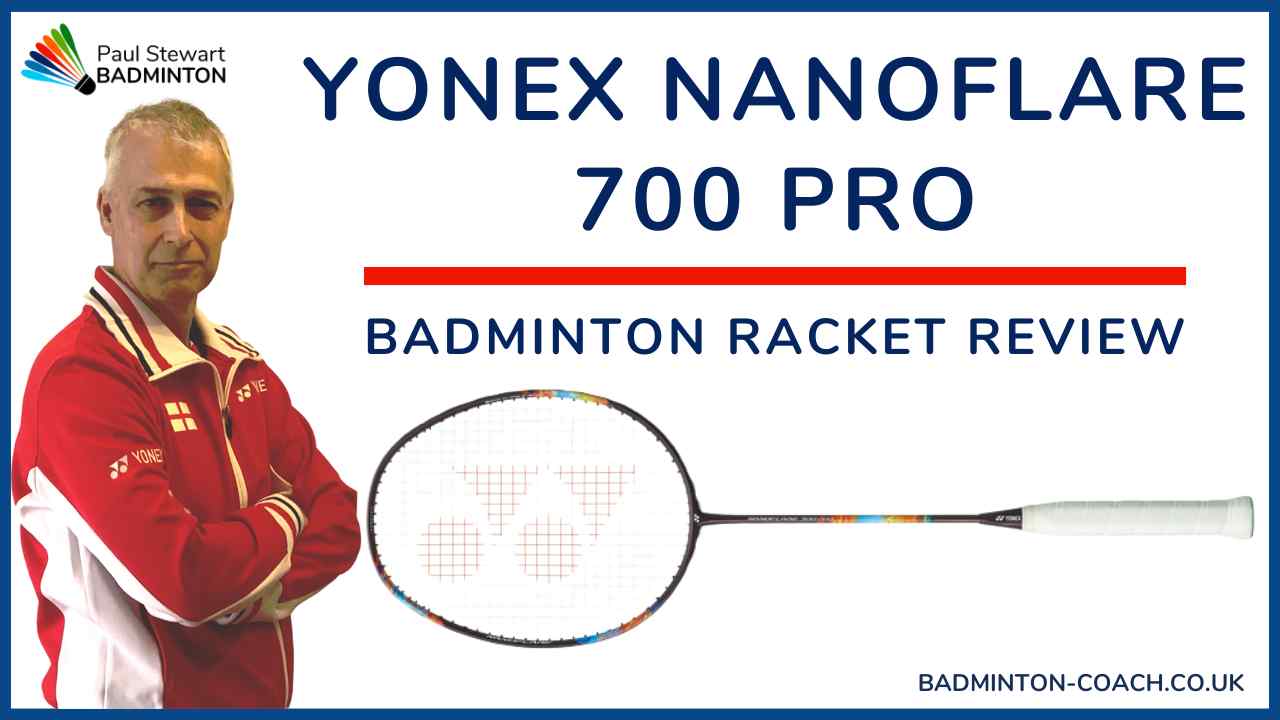
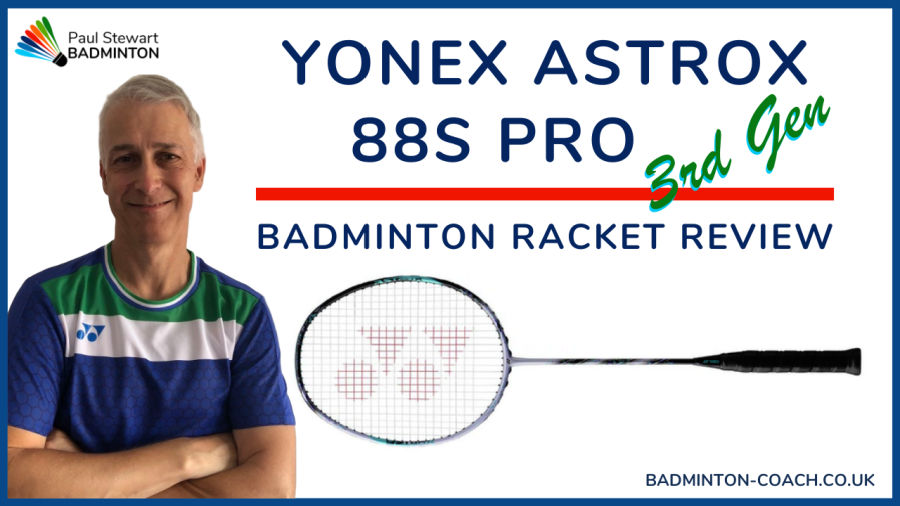


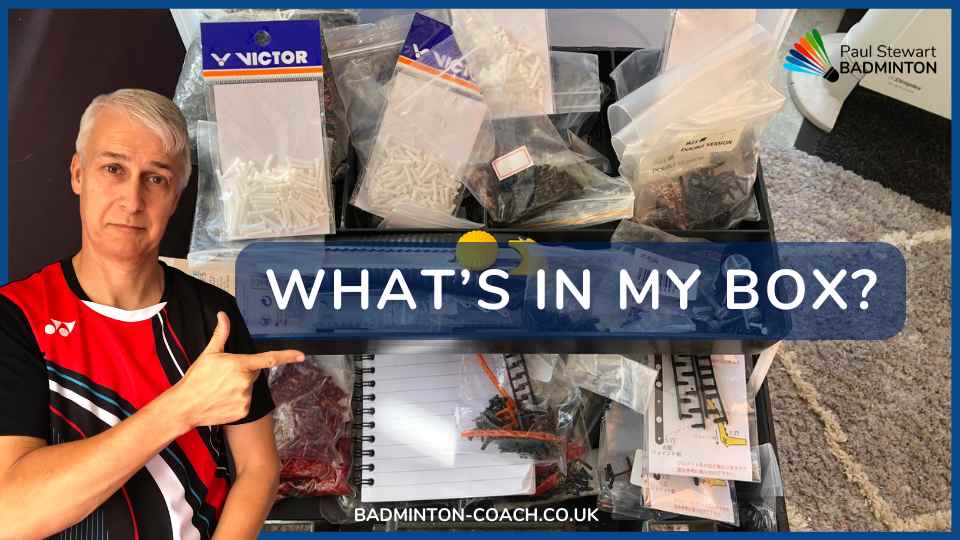

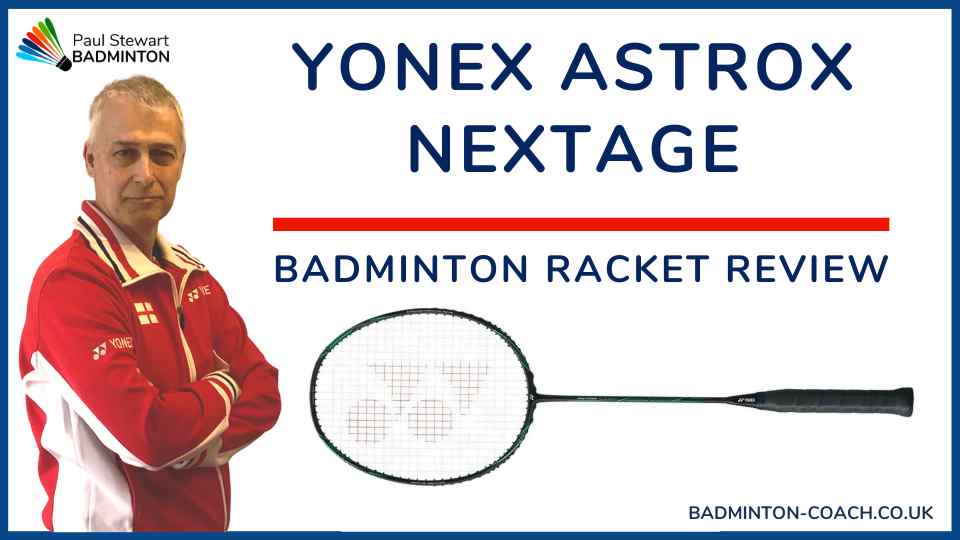

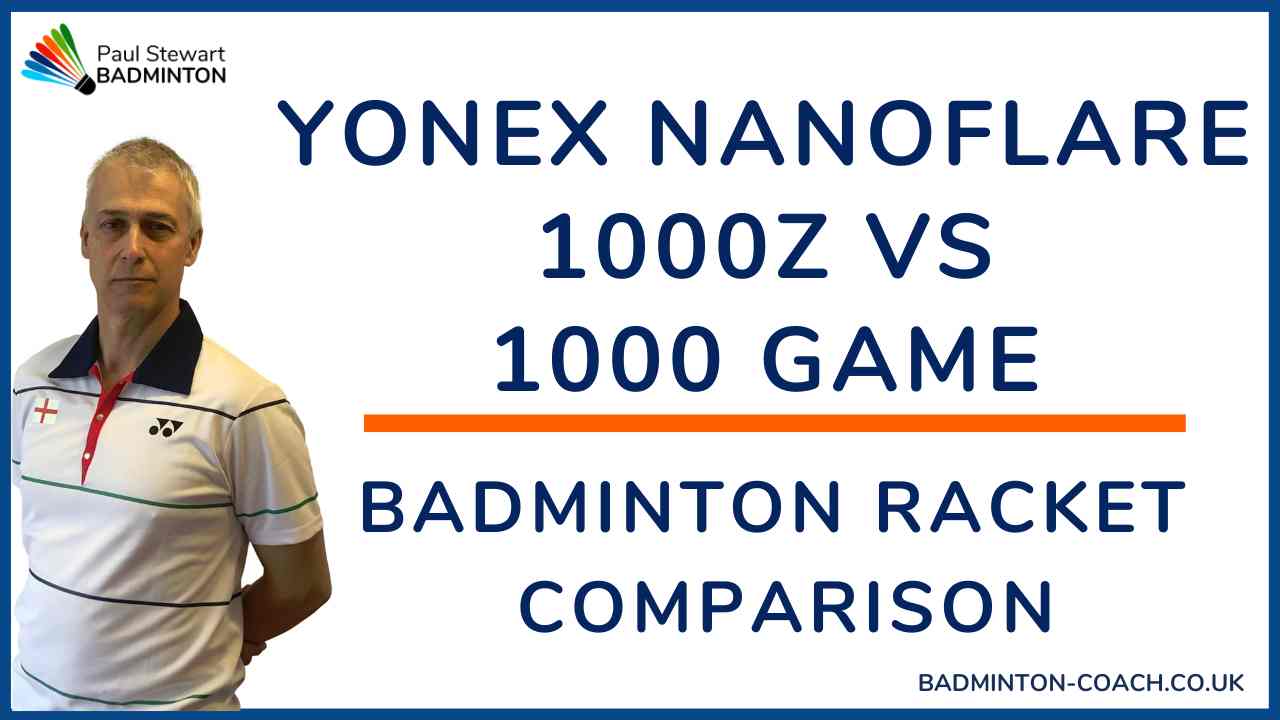
Hi Paul,
Saw that you’ve mention NS850 at the final part of the review. However I couldn’t find any review/info about NS850 here. What do you think of NS850?
Thank you.
Chwen
NS850 is a nice racquet. I thought Yonex were about to drop the racquet from their range, but instead they have relaunched it with a new colour. This means it has another year to earn its place in the range.
For many players NS9900 is way too stiff and expensive. Because of this, racquets like NS850 quickly become the choice of players. They want a light headed racquet within a certain budget.
Paul